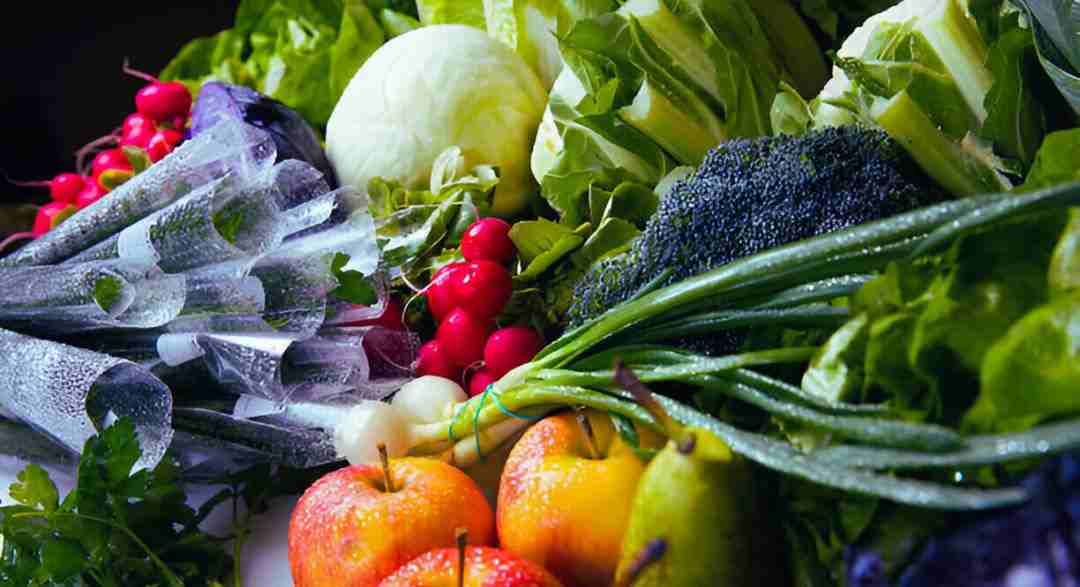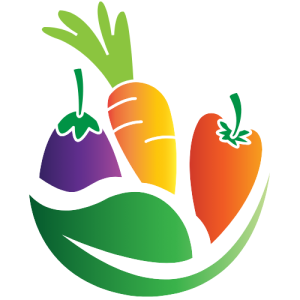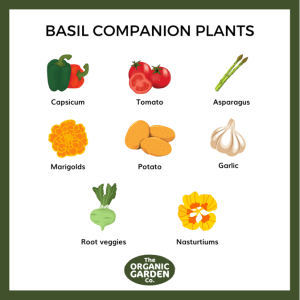Freezing fruits and vegetables is an excellent way to preserve their freshness, nutrients, and flavor for long-term storage. With the right techniques, you can extend the shelf life of your produce while preventing freezer burn and maintaining high quality. This guide covers step-by-step instructions for freezing, storing, and thawing fruits and vegetables effectively.
Why Freezing Fruits and Vegetables is Important?
Freezing slows down enzyme activity and microbial growth, keeping produce safe and fresh for months. It helps reduce food waste and allows you to enjoy seasonal fruits and vegetables year-round. Learn more about the benefits of preserving produce in this guide to starting a vegetable garden.
Benefits of Freezing for Freshness and Nutrition
- Preserves vitamins and minerals
- Prevents spoilage and food waste
- Saves time for meal prep
- Provides convenient, ready-to-use ingredients
Steps to Freeze Fruits and Vegetables
Choosing the Right Fruits and Vegetables
Not all produce freezes well. Select fresh, ripe, and unblemished fruits and vegetables for the best results. Some great options include:
- Fruits: Berries, peaches, apples, mango, bananas
- Vegetables: Carrots, green beans, zucchini, corn, peas
For more insights on regrowing and maintaining fresh vegetables, check out this article on regrowing green onions and other vegetables.
Washing and Preparing the Produce
- Rinse fruits and vegetables under cold water.
- Use a colander to remove dirt and debris.
- Dry thoroughly to prevent ice crystal formation.
Cutting and Slicing for Easy Freezing
- Slice or dice fruits and vegetables into desired sizes.
- Remove pits, cores, and seeds where necessary.
- Use a food processor for uniform cuts.
How to Freeze Fruits Properly
Best Fruits for Freezing
Some fruits freeze better than others. Ideal options include:
- Berries: Strawberries, blueberries, raspberries
- Stone fruits: Peaches, nectarines, apricots
- Tropical fruits: Mango, pineapple
Steps to Freeze Fruits Correctly
- Peel and slice fruits as needed.
- Arrange on a baking sheet in a single layer.
- Freeze for 2-4 hours, then transfer to airtight containers.
- Label the containers with the date to track storage time.
Preventing Fruits from Sticking Together (Tray Freezing)
- Spread fruit pieces on a baking sheet before freezing.
- Once solid, transfer to freezer-safe bags.
- This method ensures fruits remain separate and easy to use.
How to Pack Fruits and Vegetables for Freezing
Best Freezer-Safe Containers and Bags
- Airtight containers
- Heavy-duty freezer bags
- Vacuum-sealed bags
Removing Air to Prevent Freezer Burn
- Use vacuum sealers for maximum freshness.
- Press out excess air before sealing freezer bags.
- Freezer burn occurs when moisture evaporates, so airtight packaging is crucial.
Labeling and Organizing Frozen Produce
- Use a permanent marker to label containers with the date and type of produce.
- Keep similar items grouped together for easy access.
- Follow a first-in, first-out system to use older items first.
How Long Can Frozen Fruits and Vegetables Last?
Storage Time for Different Fruits and Vegetables
- Fruits: Up to 1 year for best quality.
- Vegetables: Up to 18 months if properly stored.
- While food remains safe indefinitely at 0°F (-18°C), quality declines over time.
Signs That Frozen Food Has Gone Bad
- Freezer burn: White, dry patches on the food surface, causing texture loss.
- Off smell or taste: Indicates spoilage and should be discarded.
- Ice crystal buildup: Can affect texture and flavor, signaling prolonged storage.
How to Thaw Frozen Fruits and Vegetables
Best Methods to Thaw Fruits for Smoothies or Baking
- Use directly from frozen for smoothies to retain texture.
- For baking, thaw in the fridge overnight or use immediately if texture isn’t a concern.
- Avoid thawing at room temperature, as it may cause sogginess.
How to Thaw Vegetables for Cooking
- Cook vegetables directly from frozen by steaming, sautéing, or roasting.
- For soups and stews, add frozen vegetables straight into the dish.
- If a softer texture is needed, thaw in the refrigerator for a few hours before cooking.
Extra Tips for Freezing and Storing Fruits and Vegetables
Common Mistakes to Avoid When Freezing
- Freezing wet produce (leads to ice crystals and mushy texture).
- Not blanching vegetables before freezing (results in loss of flavor and color).
- Using non-freezer-safe bags (causes freezer burn and quality deterioration).
- Overfilling containers without allowing space for expansion.
How to Keep Frozen Produce Tasting Fresh?
- Store at 0°F (-18°C) or lower to maintain quality.
- Use high-quality, airtight containers to prevent freezer burn.
- Consume within the recommended storage times for optimal taste and texture.
- Rotate frozen items regularly to prevent long-term storage degradation.
For additional guidance on freezing techniques and garden-fresh produce, check out this resource on freezing fresh vegetables.
Frequently Asked Questions (FAQs)
1. Can you freeze vegetables without blanching them?
While some vegetables can be frozen without blanching, blanching helps retain color, texture, and flavor. Leafy greens, corn, and peas benefit the most from blanching.
2. How do you prevent freezer burn on frozen fruits and vegetables?
Use airtight, high-quality freezer bags or vacuum-sealed containers. Remove as much air as possible before sealing, and keep the freezer at 0°F (-18°C) or lower.
3. Can frozen fruits and vegetables be refrozen after thawing?
It’s best to avoid refreezing as it can degrade texture and flavor. If necessary, refreeze only if the produce was thawed in the refrigerator and remained at a safe temperature.
History of Freezing Vegetables
The practice of freezing vegetables has a long history. Dr. M.A. Joslyn documented the freezing of fish and poultry in 1865, small fruits in 1905, and vegetables shortly after. The earliest pack statistics for frozen fruit were recorded in 1908. For more details, you can read the original research here.
Conclusion
Freezing fruits and vegetables is a simple yet effective way to preserve their nutritional value and flavor. By following proper preparation, blanching, and storage techniques, you can enjoy fresh-tasting produce year-round. Start freezing your favorite fruits and vegetables today for a convenient and healthy food supply!






One Response